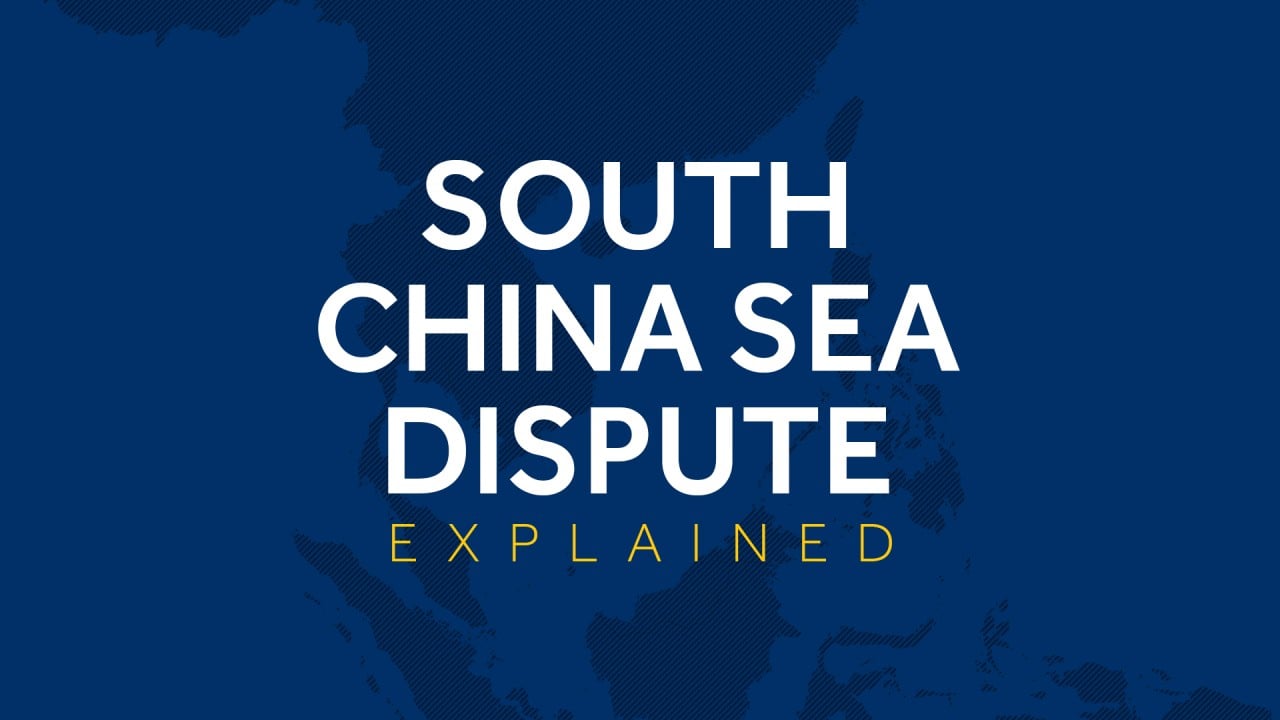
South China Sea risks highlighted by Britain-Russia encounter in Black Sea
- Complex situation in disputed waterway increases risks but PLA Navy would not respond aggressively, observers believe
- Lessons have been learned and communications improved after previous confrontations
The British destroyer HMS Defender was passing through Ukrainian territorial waters when a Russian patrol ship fired warning shots and an overhead jet dropped bombs in its path, according to Russia’s defence ministry. Britain has said there were no shots or bombs.
Secret UK defence documents detailing warship’s movements found at bus stop
Some Chinese military websites said that – regardless of whether the Russians had responded – the incident showed the complexity of the situation in the South China Sea, with a number of nations increasing their military presence in the waterway, which is claimed by several Southeast Asian countries as well as Taipei and Beijing.
The US has deployed numerous military aircraft and ships to the disputed waters for freedom of navigation operations, and some of its allies, including France, Germany and Britain, are also boosting their presence. The British aircraft carrier HMS Queen Elizabeth is currently in the Indo-Pacific region.
A commentary on South China Sea Wave, a Chinese social media account known for its hawkish stance, said PLA Navy ships had warned US vessels to leave the disputed waters, but were ignored.
South China Sea Wave said the Chinese military might need to take similar action if the British carrier – equipped with F-35B fighter jet – sailed within 12 nautical miles of islands claimed by China in the waterway.

03:23
The South China Sea dispute explained
But other military experts said the risks of confrontation between China and other nations had been reduced, after lessons were learned from a fatal incident in 2001. On that occasion, a PLA naval pilot was killed when his J-8 fighter jet collided with a US EP-3E reconnaissance aircraft near Hainan Island in the South China Sea.
Zhou Chenming, a researcher from the Yuan Wang science and technology institute in Beijing, said the incident had pushed the PLA to improve its maritime operations, both strategically and through technology, as well as to build up communication channels with its foreign counterparts.
“For example, the PLA is able to detect upcoming foreign warships 100km away, which will help them win more time to send warships or scramble aircraft to expel them,” Zhou said. “Indeed, the Russian navy has to take care of a much longer coastline than China with their limited maritime strengths, but the PLA has more resources after decades of military modernisation.”
A tiny Taiwan island could be trigger for US-China clash
Macau-based military observer Antony Wong Tong said the use of warning shots and bombs to expel foreign warships and aircraft could be seen as part of Russia’s “national character”, but the Chinese military would choose moderate approaches to solve problems.
“Both Russia and China will expel those ‘intrusive’ foreign warships and aircraft by giving verbal warnings, the only difference is Russia would open fire to escalate warnings, but China will not,” he said.
Zhou said that, instead of shooting and bombing, the PLA would send aircraft to fly over the foreign vessels they believed were intruding into Chinese territorial waters as a further warning.
“Flying over foreign warships or sending fighter jets to accompany ‘intrusive aircraft’ are military warnings in peace time, which the PLA has learned from the US and other Western countries after countless encounters,” Zhou said.
“The ultimate goal is to expel, and prevent risks of collision and crashes escalating and causing real accidents, which would lead to war.”

